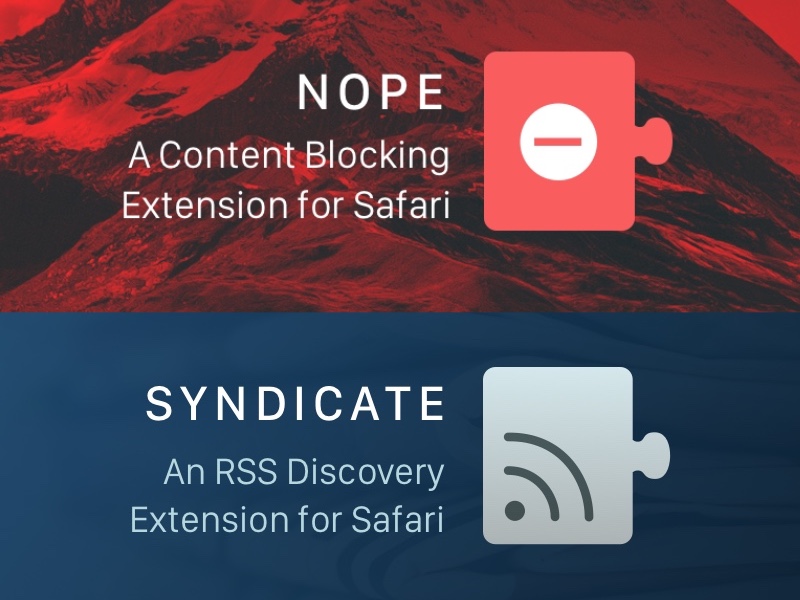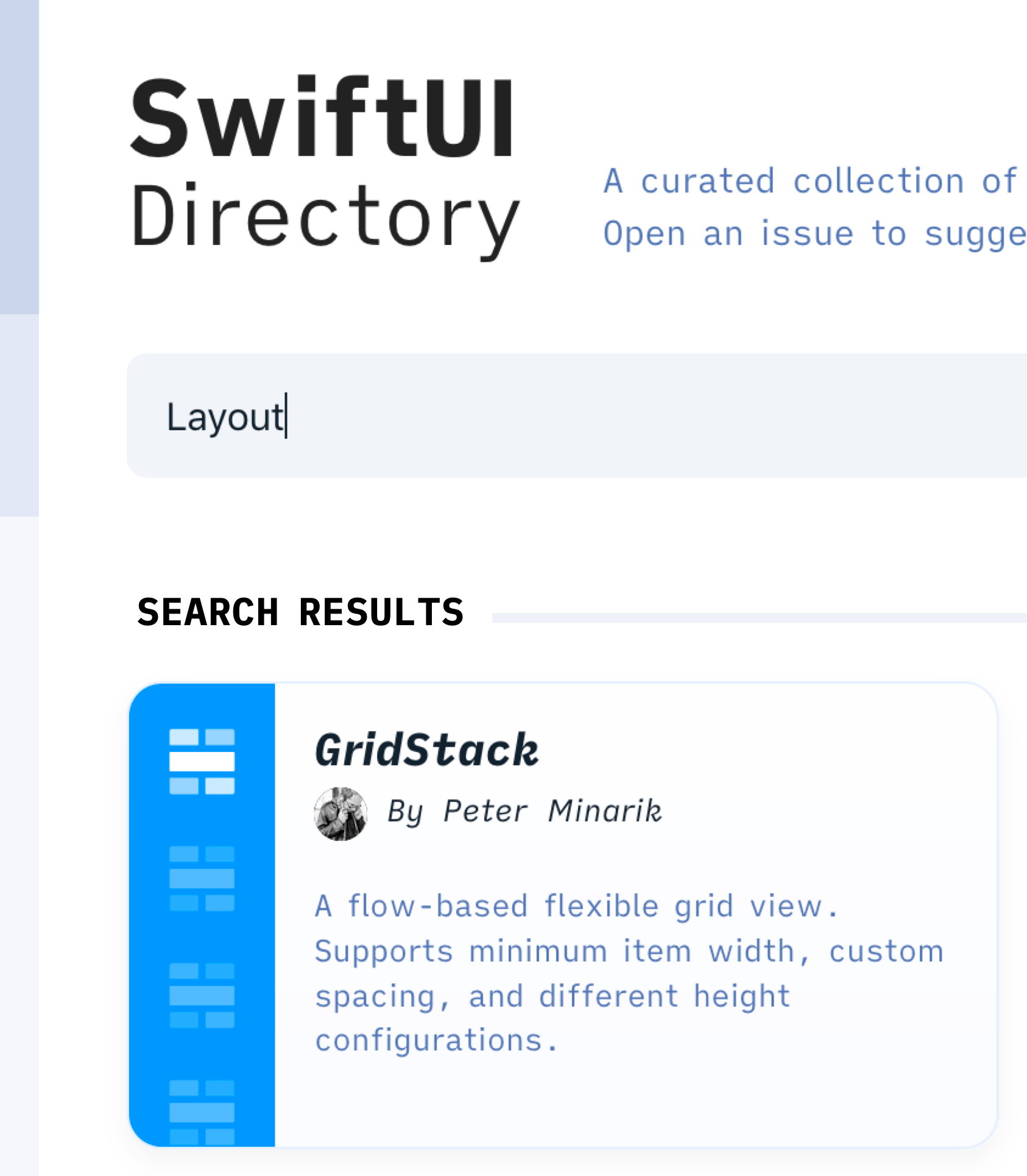The beginning of a new year is often considered a good time to develop new habits or quit bad ones. The beginning of a decade, however, offers the less frequent opportunity to look back at a more substantial chunk of our lives and reflect on where to go next.
Ten years ago, I had just landed a full-time contract as a junior product designer at a large telco company in Paris, France. My tasks straddled mobile product design, project planning, and community management. Even though the organizational unit where I worked was intended to function like an independent startup, the hierarchy, bureaucracy, and waterfall processes made it everything but.
At the time, I had no clear career path in mind. All I knew was that I wanted to build mobile applications for a living. My “programming” experience prior to that was limited to Wordpress and Flash, and the labyrinth of memory management has consistently stood between me and learning Objective-C.
After a year and a half in Paris, I moved to the US where I joined a local startup in the DC area, then thoughtbot in 2012. Working at the latter for a little over 4 years has drastically changed how I see software, both as a user, and as a maker. I eventually managed to overcome Objective-C, move to Stockholm, and change jobs twice since.
During my job interview in 2010, I was asked where I’d see myself in ten years. I don’t remember the exact answer I concocted, but I remember it was utter nonsense. Ten years is a long enough time to make any attempt to predict the course of one’s life an exercise in futility.
Where do I see myself ten years from now? Not the slightest clue. I might still be making software for a living. Maybe running a successful company of one, or two. Or perhaps I’ll find solace in cultivating the land.
Only time will tell.



